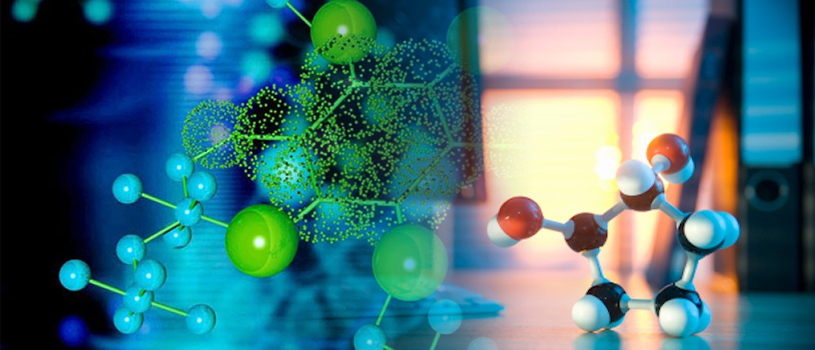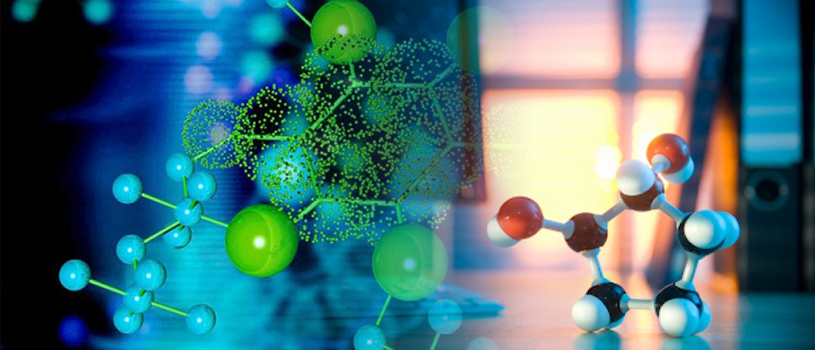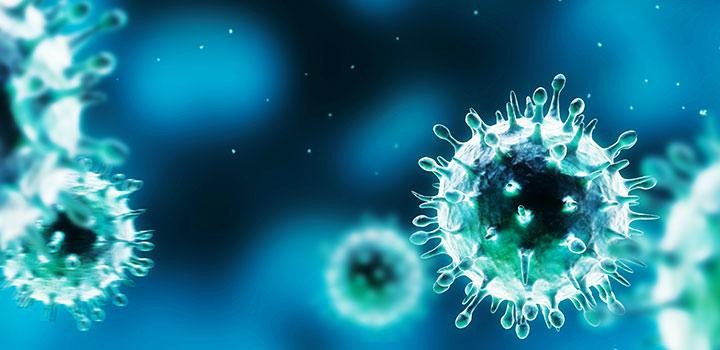
Engineers and scientists collaborating at Harvard University and the MITRE Corporation have developed and demonstrated the world

In a complex feat of nanoengineering, a team of scientists at Kyoto University and the University of Oxford have succeeded in creating a programable molecular transport system, the workings of which can be observed in real time. The results, appearing in the latest issue of Nature Nanotechnology, open the door to the development of advanced drug delivery methods and molecular manufacturing systems.

Since the days of Darwin, the

An ambitious hunt by Johns Hopkins scientists for actively "jumping genes" in humans has yielded compelling new evidence that the genome, anything but static, contains numerous pesky mobile elements that may help to explain why people have such a variety of physical traits and disease risks.

Researchers at the University of Rochester have now identified a genetic switch that controls oxidative stress in stem cells and thus governs stem cell function.

In a paradox typical of the quantum world, JILA scientists have eliminated collisions between atoms in an atomic clock by packing the atoms closer together. The surprising discovery, described in the Feb. 3 issue of Science Express, can boost the performance of experimental atomic clocks made of thousands or tens of thousands of neutral atoms trapped by intersecting laser beams.

Scientists have identified the genetic sequence of an unprecedented 28,000 structural variants -- large portions of the human genome which differ from one person to another. The work could help find the genetic causes of some diseases and also begins to explain why certain parts of the human genome change more than others.

Inspired by the popular confidence trick known as

A new experiment that reproduces the magnetic fields of the Earth and other planets has yielded its first significant results. The findings confirm that its unique approach has some potential to be developed as a new way of creating a power-producing plant based on nuclear fusion -- the process that generates the sun

Physicists have discovered a new way to measure how single atoms interact with a surface. Their findings help develop nanotechnology and test new theories about the internal structure of atoms.

A non-superconducting material has been transformed into a superconductor using light, researchers report.

Researchers have developed a new approach to decoding the vast information embedded in an organism

To rebuild damaged parts of a human body from scratch is a dream that has long fired human imagination, from Mary Shelley

Researchers have placed nanocrystals of strontium telluride into lead telluride, creating a material that can harness electricity from heat-generating items such as vehicle exhaust systems, industrial processes and equipment and sun light more efficiently than scientists have seen in the past.